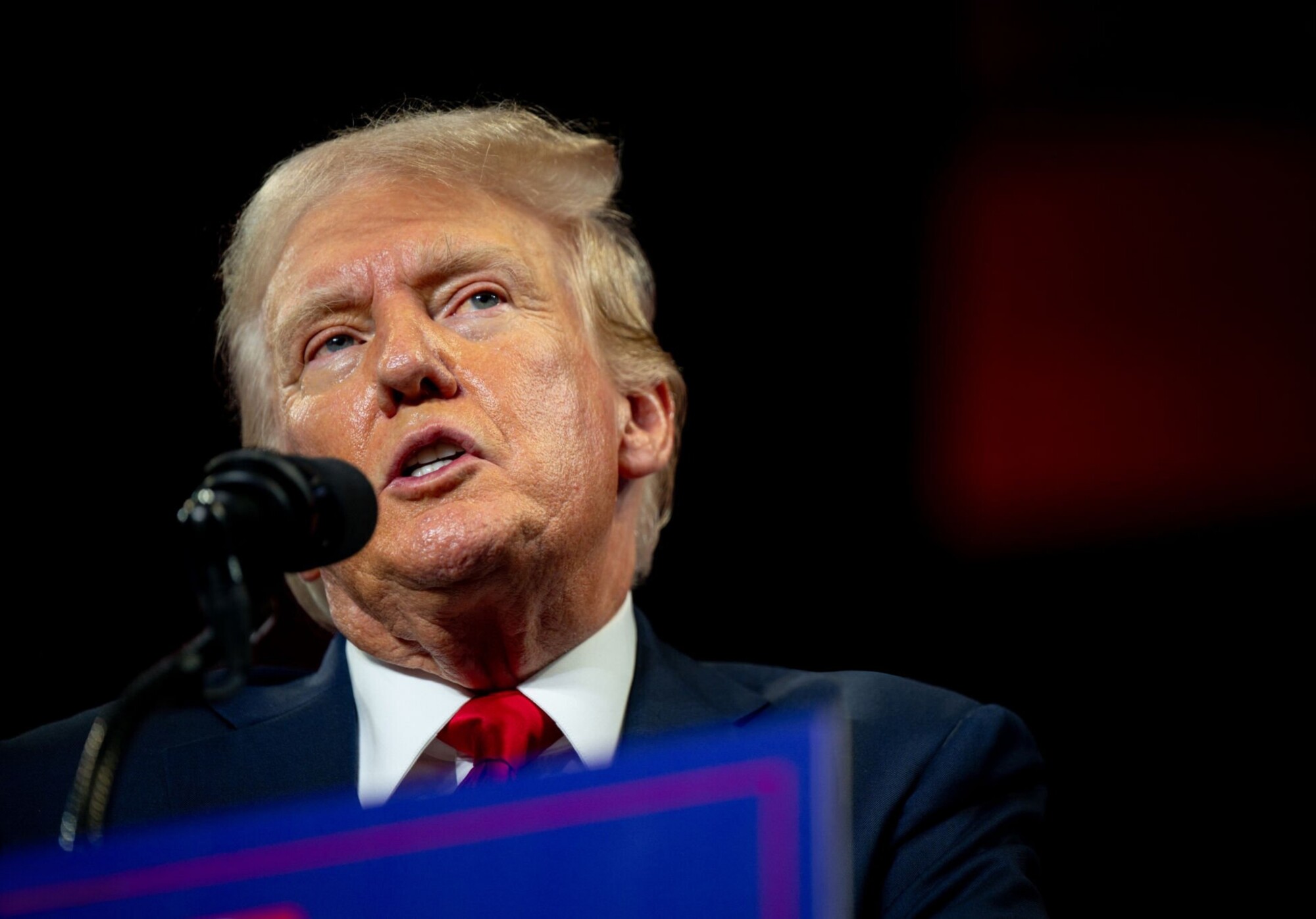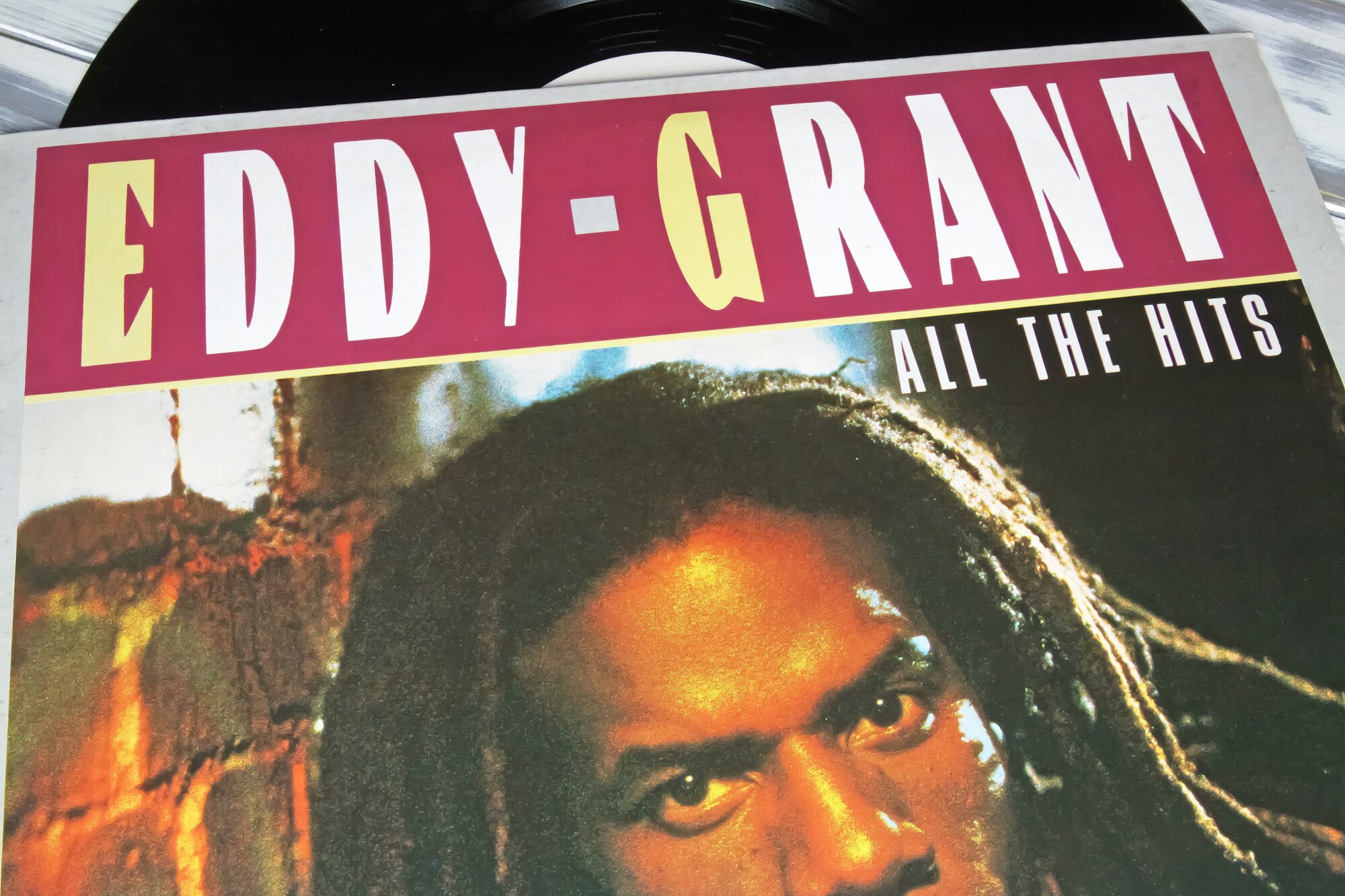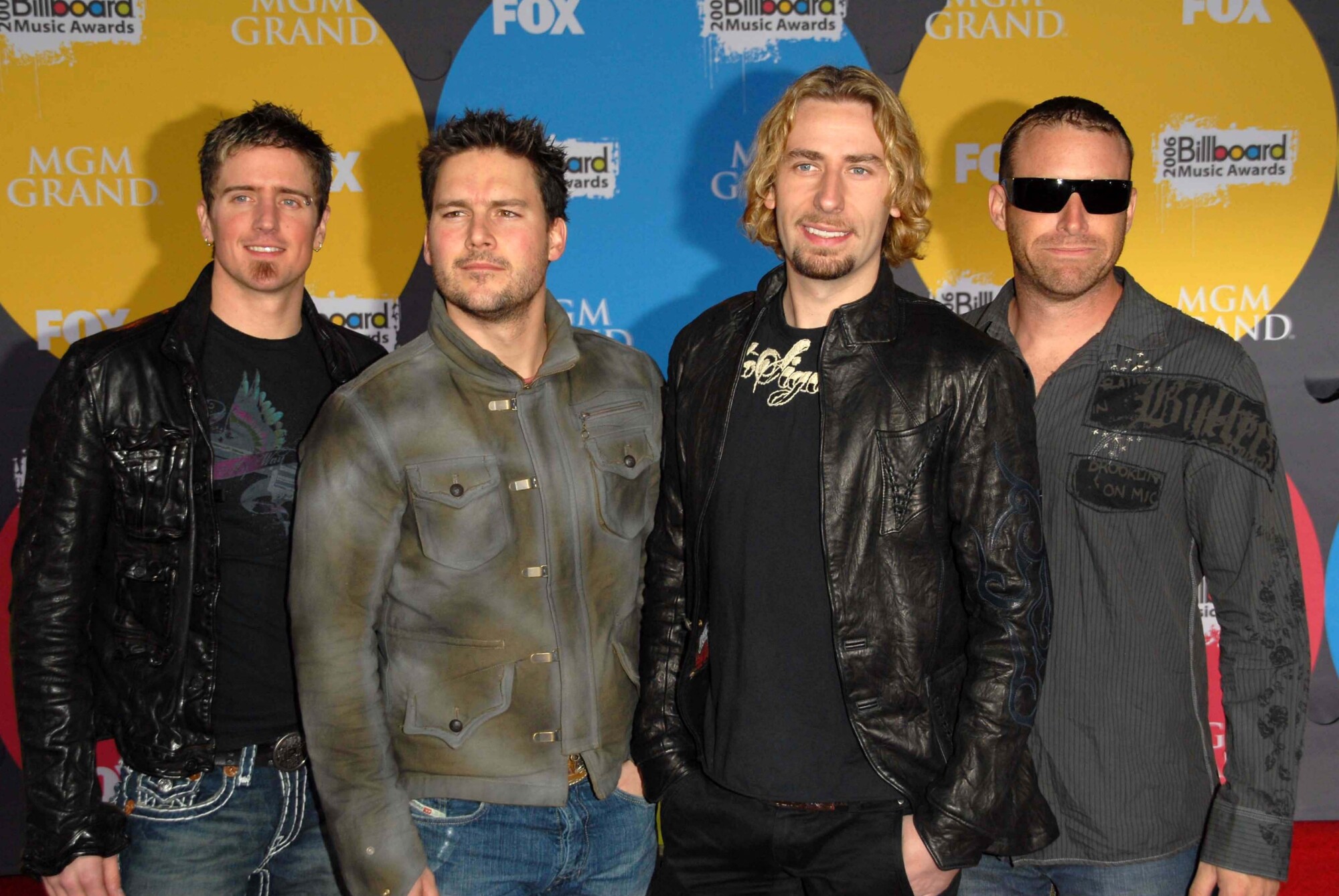
On March 19, 2025, the District Court for the Central District of California granted Mariah Carey’s motion for summary judgment dismissing a copyright infringement claim brought against her for allegedly copying the holiday hit “All I Want for Christmas Is You.”
Only humans can be authors under the Copyright Act, the D.C. Circuit Court of Appeals affirmed in a unanimous opinion on March 18, 2025.
The Court considered whether an artificial intelligence model could be an “author” of a work for copyright purposes – and answered “no.” In doing so, however, the court left open the crucial question of whether a human can be the “author” of an AI-generated work where he made and used the AI to generate the work.
Tangle, Inc. owns registered copyrights in seven “kinetic and manipulable sculptures” (also known as “The Original Fidget Toy Since 1981”), each made of “17 or 18 identical, connected, 90-degree curved tubular segments ... that can be twisted or turned 360 degrees where any two segments connect. By twisting or turning a segment, the sculpture can be manipulated to create many different poses.”
As noted, the original Tangle sculptures have been offered since 1981, when their creator, Richard E. Zawitz, registered his copyright claims in “Zawitz tangle ornamental sculpture[s]” in his own name; Zawitz subsequently transferred copyright ownership to Tangle, Inc.
Canadian clothier Aritzia owns and operates approximately 121 upscale “lifestyle apparel” stores, 49 of which are located in the U.S. In 2023, Aritzia decorated its retail store windows with sculptures made with 18 identical, connected, 90-degree curved tubular segments that can be twisted or turned 360 degrees where any two segments connect.
District Court Proceedings
Tangle sued for copyright infringement in 2023 in the Northern District of California. Aritzia moved to dismiss Tangle’s second amended complaint under Rule 12(b)(6) on the basis that Tangle sought to protect an unprotectable idea rather than protectable expression.
The district court agreed, stating: “Tangle claims copyright protection over an amorphous idea, effectively asking the Court to pin jelly to the wall. ... In claiming that all of the different Aritzia displays, which varied in number of segments and positioning, infringe all of Tangle’s copyrighted sculptures, Tangle seeks to copyright a particular style.”
Relatedly, the district court held that Tangle failed to state a claim because its works were not sufficiently “fixed” to qualify for copyright protection. In the court’s view, Tangle was claiming ownership of “every conceivable iteration of tubular sculptures made of interlocking 90-degree segments”; instead, the court held, Tangle must allege that a “specific accused work infringes upon a specific, fixed, protected work.”
The court dismissed Tangle’s second amended complaint without prejudice, and granted Tangle leave to file a third amended complaint. Rather than replead, however, Tangle gave formal notice of its intent not to amend, and the district court entered an order dismissing with prejudice, from which Tangle appealed.
The Ninth Circuit’s Opinion
The Ninth Circuit reversed the district court’s dismissal of Tangle’s copyright infringement claim. To state a claim for copyright infringement, the court stated, Tangle must plausibly allege (1) that it owns a valid copyright in its sculptural works, and (2) that Aritzia copied protected aspects of Tangle’s expression.
(1) Copyright Validity
As to the first element, Aritzia, echoing the district court, argued that Tangle’s copyright registrations were valid only to the extent that they sought protection for specific poses, but not for the works’ full range of motion. Moveable sculptures, Aritzia argued, can be the subject of a valid copyright only in specific poses, because they are otherwise not “fixed in any tangible medium of expression,” as required by the Copyright Act.
The Ninth Circuit disagreed; the fact that Tangle’s works move into various poses does not, by itself, support the conclusion that they are not “fixed” for copyright purposes. The court noted that numerous types of works involving motion are within the range of copyrightable subject matter, including choreography and motion pictures, “which ‘move’ from frame to frame, as does a symphony, from note to note, yet both can be protected under copyright law.”
Accordingly, like dance, movies, and music, a moveable sculpture is sufficiently “fixed” to be entitled to copyright protection, even when its pose changes. Under the Copyright Act, a work is “‘fixed’ in a tangible medium of expression when its embodiment in a copy ... is sufficiently permanent or stable to permit it to be perceived, reproduced, or otherwise communicated for a period of more than transitory duration.”
Tangle’s sculptures are material objects, and thus qualify as “copies.” And those sculptures can of course be perceived and reproduced for more than a transitory period. Tangle’s expression as embodied in the sculptures therefore is “fixed in a tangible medium,” even though the sculpture may take different poses, and Tangle’s registered copyrights are thus valid, and protect its works across their full range of motion.
(2) Copying of Protected Aspects
The court proceeded to address the second element of Tangle’s copyright infringement claim, unlawful appropriation by the defendant - that the allegedly infringing work and the copyrighted work share substantial similarities as to protected expression.
In the Ninth Circuit the test for substantial similarity contains both “extrinsic” and “intrinsic” components. Under the extrinsic test the court reviews the parties’ works side-by-side, and considers specific objective criteria that can be analyzed to determine whether the works are substantially similar.
Because the extrinsic test serves to screen out objectively meritless claims, courts can apply it as a matter of law; however, the intrinsic test, which examines an ordinary person’s subjective impressions of the similarities between the two works, is reserved for the trier of fact.
Because the case remained at the pleading stage, the court could apply only the extrinsic test, which asks whether, based on articulable, objective factors, any reasonable juror could find that the allegedly infringing work is substantially similar to the copyrighted expression.
To determine whether a work contains “protectable elements” under the extrinsic test, the court “filters out” the unprotectable elements of the work - ideas and concepts, material in the public domain, and stock or standard features that are commonly associated with the treatment of a given subject.
On the other hand, substantial similarity can be found in a combination of elements, even if those elements are individually unprotected. While the individual elements of Tangle’s sculptures - the number of segments, the uniformity of those segments, their exact shape and proportions, the end-to-end connection of the segments in a closed loop, and their connection via joints that allow the segments to be turned 360 degrees - may be unprotected when viewed in isolation, what is protectable is Tangle’s selection and arrangement of those otherwise unprotected elements.
The court held, moreover, that Tangle’s particular arrangement of those elements is entitled to “broad” copyright protection, because a wide range of possible expression can result from different choices about the number, shape, and proportions of segments used in a sculptural work, whether to make the segments uniform, and how to connect them.
Thus, to establish that Aritzia unlawfully appropriated Tangle’s protected expression, Tangle need only show that Aritzia’s allegedly infringing sculptures are substantially similar - rather than “virtually identical” - to Tangle’s works.
The court found that Tangle had done so. Comparing the selection and arrangement of elements in Tangle’s work with that in the allegedly infringing work, the court determined that Tangle had plausibly alleged that the creative choices it made in selecting and arranging elements of its protected sculptures are substantially similar to the choices Aritzia made in creating its sculptures.
Tangle alleged that Aritzia’s sculptures, like Tangle’s, are made from “18 identical, connected, 90-degree curved tubular segments (i.e., one quarter of a torus) that can be twisted or turned 360 degrees where any two segments connect, allowing the sculpture to be manipulated to create many different poses.”
That, the court held, is enough to allow Tangle’s copyright claim to proceed past the pleading stage. Tangle’s and Aritzia’s sculptures are “similar enough that ‘the ordinary observer, unless he set out to detect the[se] disparities, would be disposed to overlook them.” (quoting Peter Pan Fabrics, Inc. v. Martin Weiner Corp., 274 F.2d 487, 489 (2d Cir. 1960)).
Conclusion
Tangle is far from over. As the Ninth Circuit noted, on remand discovery and expert testimony may be required to clarify the issues, and a jury might need to decide whether Aritzia’s sculptures are substantially similar to Tangle’s under the intrinsic test. However, “these are questions best saved for a later day. Accordingly, we reverse the district court’s dismissal of Tangle’s claim of copyright infringement.”
Thomas Kjellberg is of counsel to the New York law firm of Cowan, Liebowitz & Latman, P.C. He is the chief author of the annual review of copyright decisions published each year in the Journal of the Copyright Society of the USA and delivered at the Copyright Society’s annual meeting.
Robert W. Clarida is a partner in the New York law firm of Reitler, Kailas & Rosenblatt LLC and the author of the treatise Copyright Law Deskbook (BNA). He is co-presenter, with Thomas Kjellberg, of “Recent Developments in Copyright,” a review of copyright decisions delivered each year at the annual meeting of the Copyright Society of the U.S.A.
This article was originally published in the New York Law Journal. For more information, please contact Thomas Kjellberg or your CLL attorney.


On Sept. 11, 2024, Senior Judge Thomas Thrash Jr. of the Northern District of Georgia granted plaintiffs' motion for a preliminary injunction in Isaac Hayes Enterprises v. Trump, No. 24-cv-3639 (N.D. Ga. Sept. 11, 2024).

For copyright infringement cases involving musical compositions, courts and juries are often tasked with determining whether two songs are “substantially similar,” the legal standard required to show infringement.

On February 19, 2024, the Fifth Circuit affirmed the dismissal of a copyright infringement suit in the Western District of Texas, in which the plaintiff alleged that the band Nickelback had copied his musical composition. The plaintiff, songwriter and member of the band Snowblind, alleged that Nickelback’s hit 2005 song Rockstar infringed the plaintiff’s 2000 song Rock Star. The plaintiff, asserting that he had not heard Nickelback’s song until 2018—“an odd contention,” according to the Fifth Circuit, given the ubiquity of the Nickelback song—brought suit in 2020. The district court dismissed the claim on summary judgment, finding that there was no genuine dispute of fact concerning factual copying. The plaintiff appealed, and the Fifth Circuit agreed.
On January 26, 2024, a unanimous jury held that a tattoo of Miles Davis inked by celebrity artist Katherine Von Drachenberg (better known as Kat Von D) was not substantially similar to the reference photo on which it was based. The jury also found that the Instagram posts showing the photo in the background were protected under the fair use doctrine.
The Copyright Act lists “choreographic works” as one of the eight types of creative works that are protectable under federal copyright law (17 U.S.C. Section 102(a)(4)). However, the Act itself does not define “choreographic works” and thus far, there has been surprisingly little case law discussing the scope of what can or cannot be protected. A recent Ninth Circuit case, Hanagami v. Epic Games, Inc., took a stab at addressing this question and ultimately provided some helpful guidance.
On August 18, 2023 D.C. District Court Judge Beryl A. Howell upheld a final refusal by the U.S. Copyright Office (“USCO”) to register a visual work entitled “A Recent Entrance to Paradise,” shown here:

Finch v. Casey, 2023 U.S. Dist. LEXIS 20635 (S.D. Fla. Feb. 7, 2023), concerned 99 songs co-written by Richard Finch and Harry Wayne Casey – aka KC – while they were members of KC & The Sunshine Band in the 1970s. Between the mid-1970s and early-1980s Casey and Finch entered into publishing agreements with a major music publisher, and formed Harrick Music Inc., which they co-owned on a 50/50 basis, as their publishing designee. Casey and Finch formally severed all personal and financial ties in 1983 through the execution of a “Property Division Agreement” that divided between them various items of tangible and intangible property that they had previously owned together.

 RSS Feed
RSS Feed